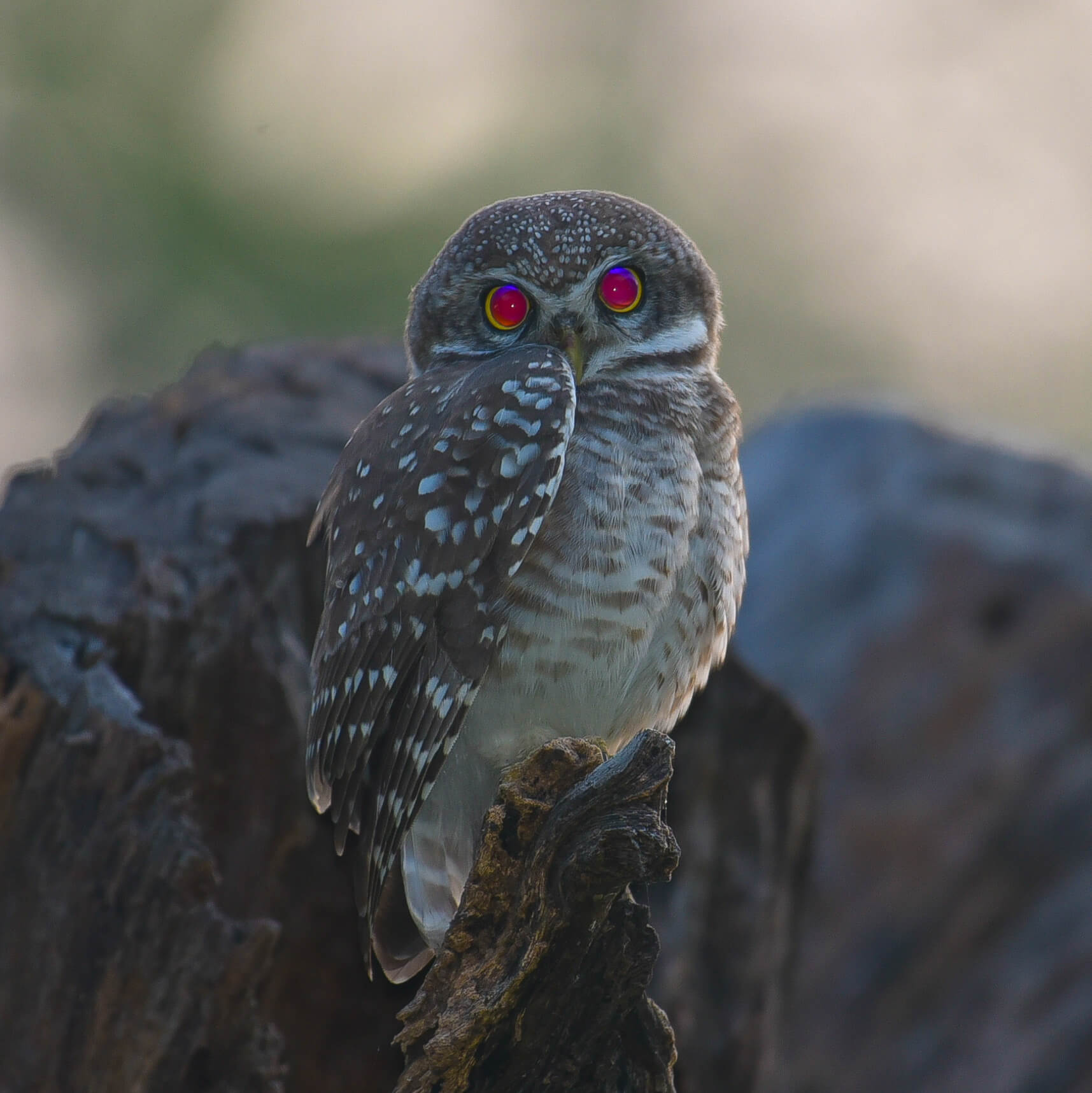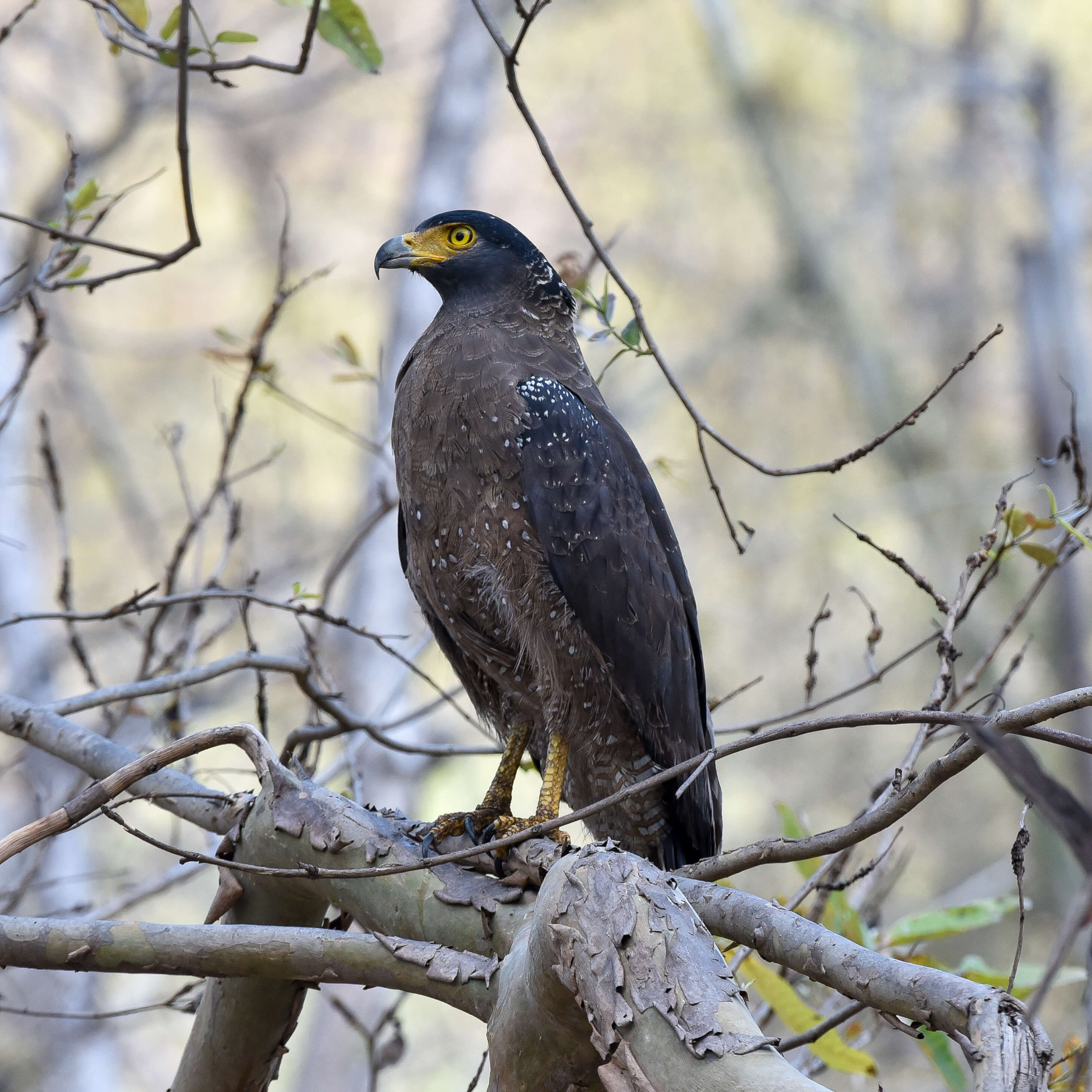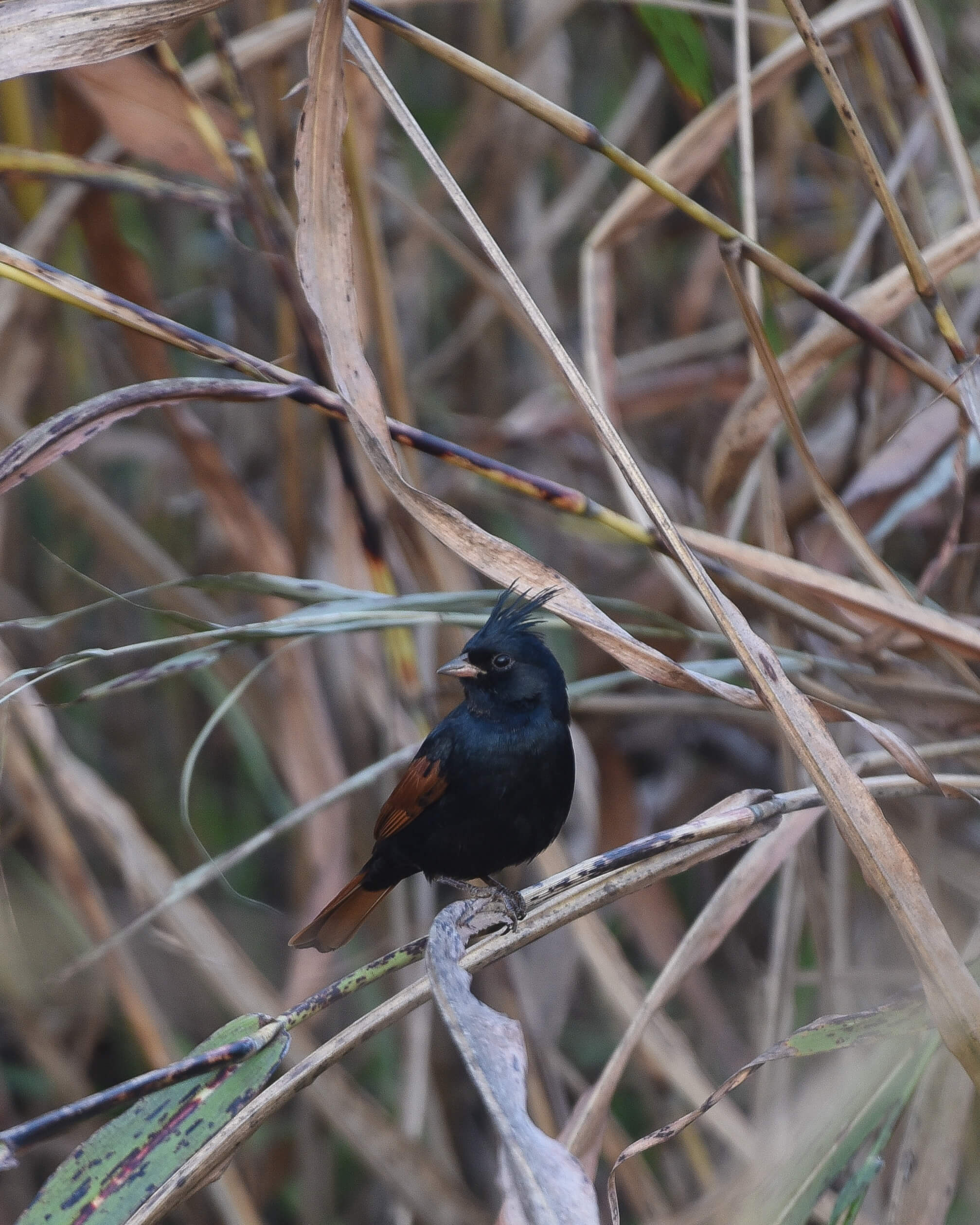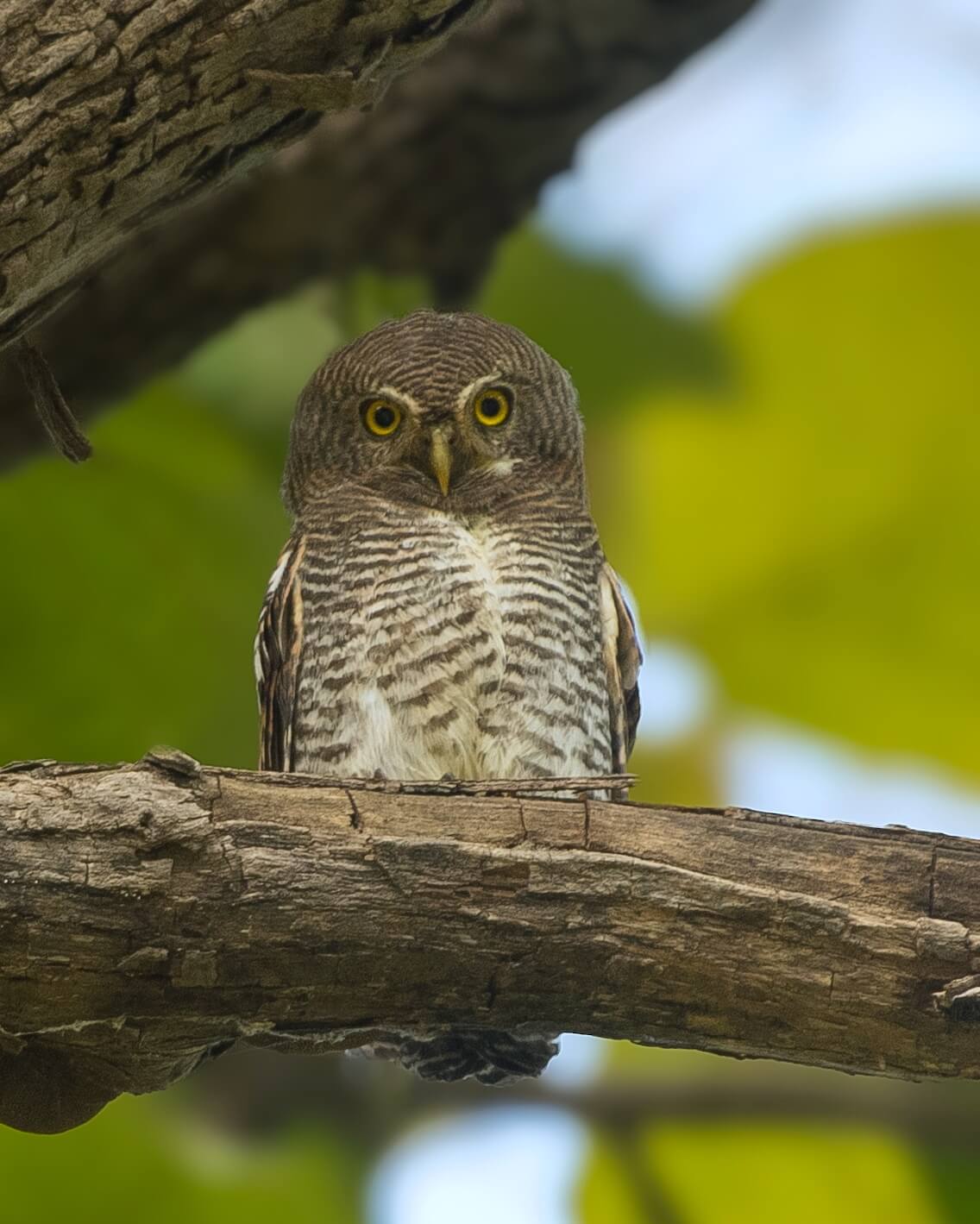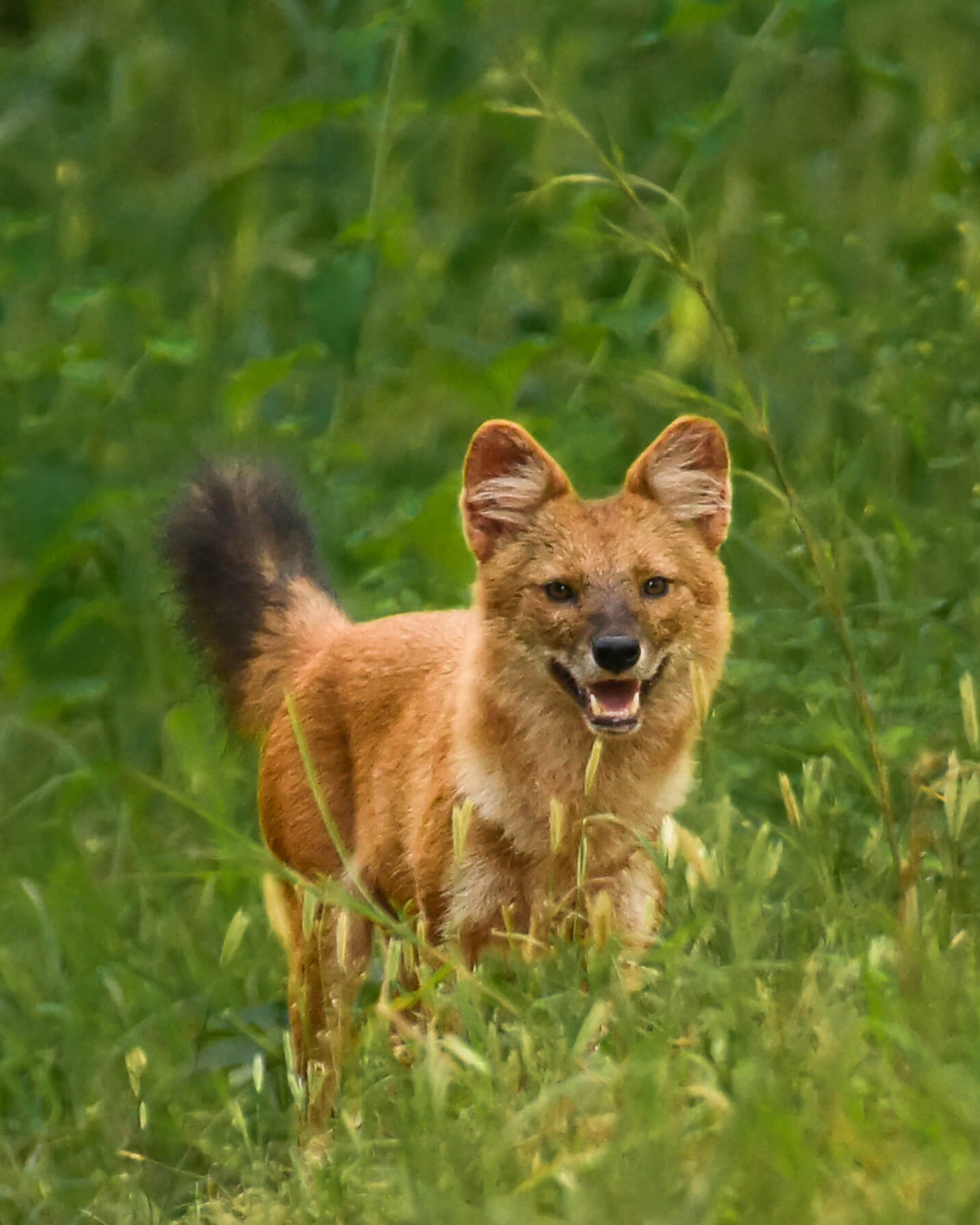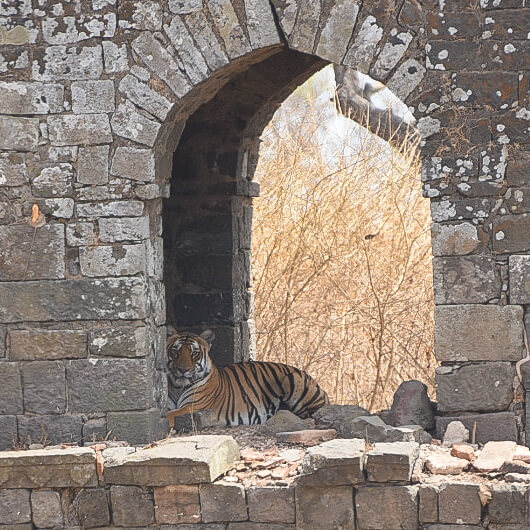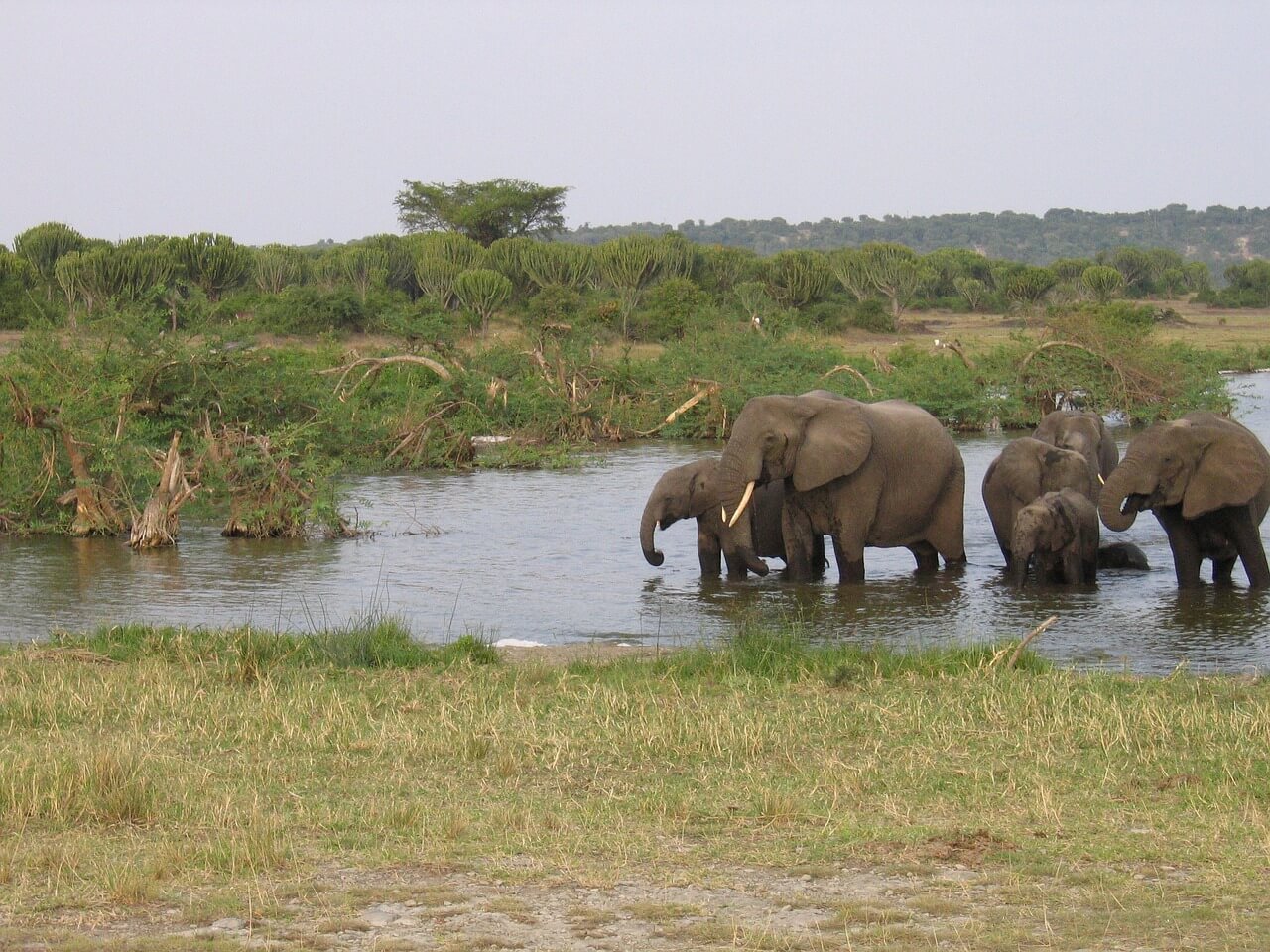Welcome To Tigers of Melghat - Book Services Portal
Welcome to the Online Booking System for safaris in the National Parks and Wildlife Sanctuaries of Maharashtra, India. Our platform serves as a one-stop solution for booking safaris in all Tiger Reserve forests and other Wildlife Reserves that offer this exciting activity. As all tourism activities in these areas are closely managed and monitored by the respective forest departments, our booking service adheres to their existing guidelines. Visitors can only explore the National Parks by participating in the allowed safari modes during designated time periods.
When booking a safari experience at a Wildlife Park, visitors have the option to choose from three modes of transportation – Jeep Safari, Canter Safari, or Elephant Safari. The availability of these modes may vary depending on the specific park. To properly manage tourism activities, the National Parks are divided into ecotourism zones. Each safari is assigned a specific zone to adhere to during their exploration of the forest and wildlife. Some parks allow visitors to choose their preferred zone, while others randomly assign them. The entry fees for each park and mode of safari also vary. The online booking fee covers park entry, vehicle rental, and guide services. Please note that once confirmed, safari bookings are non-refundable and non-transferable.
Geography of Melghat
Located in the northern region of Maharashtra, on the border of Madhya Pradesh, lies the Melghat region in the South-Western Satpura mountain ranges. Meaning ‘meeting of the ghats’, this area is characterized by hills, ravines, jagged cliffs and steep climbs. Designated as a tiger reserve in 1974, the Melghat currently spans an area of 2768.52 km2. The dry deciduous forests are mainly dominated by teak (Tectona grandis). This reserve also serves as a catchment area for five important rivers – Khandu, Khapra, Sipna, Gadga and Dolar, all of which feed into the Tapti River. The Melghat is home to a diverse range of flora and fauna, making it a unique biodiversity hotspot. Situated at coordinates 21°26′45″N To 77°11′50″E, this reserve is situated in the northern part of Amravati district, surrounded by the Gawilgadh ridge of the Satpura mountain range and the Tapti River.
Climate
Melghat has varying climates throughout the year, with three distinct seasons – monsoon, winter, and summer. The amount of rainfall can range from 950mm to 1400mm, with an average of 60 to 65 rainy days. Temperatures also vary depending on altitude, with cooler temperatures in the high hills, plateau, and valleys to the north of Gavilgarh ridge. The overall annual temperature ranges from 4o C to 46 C. Overall, the climate in Melghat is pleasant, with the plateau and high hills maintaining a consistent and comfortable temperature throughout the year.
Maharashtra Wildlife Sanctuaries
Melghat Tiger Reserve, located in the Amaravati district of Maharashtra, is a vast sanctuary that spans the southern offshoot of the Satpura Hill Range. Covering an area of 225 km, it was established in 1967 as a wildlife sanctuary and declared a tiger reserve in 1974. It was one of the first nine tiger reserves under Project Tiger, a conservation project for the Bengal tiger initiated in 1972. Known for its lush valleys and diverse flora and fauna, it is also the first tiger reserve in Maharashtra. The name ‘Melghat’ refers to the confluence of several valleys, which is characteristic of the landscape here. The reserve is home to a variety of animals, including the majestic Bengal tiger, as well as Sloth Bear, Indian Gaur, Sambar deer, Leopard, Nilgais, and even the endangered Forest Owlet. Tourism in Melghat is spread across four villages – Semadoh, Chikhaldara, Harisal, and Shahnur. Additional accommodation facilities can also be found at Kolkas, which is 14 km from Semadoh. The nearest railway station to access these villages is Amravati, while Shahnur is closer to Akola. The closest airport is Nagpur, situated 250 km away. Melghat can be visited throughout the year, but the monsoon season (mid-July to September) offers the most breathtaking views. The winters are cold, with temperatures dropping below 5 degrees, while the summers are ideal for animal sightings. Accommodation options in Melghat are primarily provided by the forest department, though there are also private hotels and resorts in Chikhaldara. The facilities are basic yet comfortable, fitting with the natural surroundings of the reserve.
Katepurna Sanctuaryis situated in Akola district around the catchment area of Katepurna reservoir. This is one of the popular wildlife sanctuaries in Maharashtra.
The vegetation at Katepurna Sanctuary is southern tropical dry deciduous forest. There are over 115 species of plants at this sanctuary such as Behada, Dhawada, Moha, Tendu, Khair, Salai, Aola, Teude, etc. Katepurna Wildlife Sanctuary is renowned for the four-horned antelope and barking deer. Other animals that you can see at the sanctuary include black buck, leopard, wolf, wild boar, hyena, hare, nilgai, jungle cat and monkey. Among the birds, Peafowl is the common bird spotted by tourists. You can also view several species of common grassland and wetland birds here. The Katepurna water reservoir attracts many water birds. You can reach Katepurna Sanctuary comfortably by air, rail, and road. The closest airport is the Sonegaon Airport in Nagpur, located 292 km away. The Akola Junction Railway Station, situated 40 km away from Katepurna on the Mumbai-Nagpur rail route, is the closest railhead. Akola is well-connected by an extensive network of roads to all the major towns of Maharashtra. The entry gate of Katepurna Wildlife Sanctuary is through Wagha gate which has 6 rooms and dormitories which can be booked online through the website www.magicalmelghat.com
The Lonar Crater, also officially known as Lonar Lake, is a National Geo-heritage Monument located in the Buldhana district of Maharashtra. It is a unique feature as it is the only known extraterrestrial impact crater within the great Deccan Traps basaltic formation. The crater, formed by the impact of either a comet or an asteroid, is estimated to be 52000 years old and is recognized internationally as an impact crater. The impact of the blazing object that caused the Lonar Crater is said to have occurred at a speed of 90000 km per hour. The name Lonar is derived from the demon Lonasura and the area surrounding the crater is home to fascinating temples, including one with erotic sculptures reminiscent of Khajuraho. It is believed that the crater was formed when a meteorite crashed into the Earth’s surface, causing a circular depression in the basaltic rock. The Lonar Crater is the third largest impact crater in the world and the only one in India. It has been studied extensively by renowned organizations such as the United States Geographic Survey, the Geological Society of India, and the Physical Research Laboratory of India. The lake within the crater, which was also formed by the impact, has a mean diameter of 1.2 kilometers and is about 137 meters below the rim. The crater itself has a diameter of 1.8 kilometers. The Lonar Lake, known for its saline water, is a significant attraction for visitors. Its unique formation and the rich history surrounding it make it a noteworthy site for geologists and tourists alike.
Covering an area of 400 sq. km., Painganga Wildlife Sanctuary, located in Eastern Maharashtra, is the perfect representation of the biotic province 6B-Central Plateau of the Deccan Peninsula Zone. With its striking geographical features, stunning landscapes and a plethora of activities, this sanctuary is more than just a haven for animals. With a variety of flora and fauna found here, it is no wonder that tourists keep revisiting this sanctuary. The name Painganga is derived from the fact that it is surrounded by the Painganga or Penganaga River on three sides. The sanctuary boasts of a mix of southern mixed deciduous forests and dry teak forests, providing a diverse habitat for a range of wild animals such as Chinkara, Black Buck, Nilgai, Sambar, Four Horned Antelope, Hare, Jackal, Leopard, Fox, and many more. The sanctuary is also a sanctuary for bird watchers with a variety of birds like Vultures, Bulbuls, Doves, Kingfishers, Cuckoos and more adding to the vibrant atmosphere of the sanctuary. A trip to Painganga Wildlife Sanctuary promises to be a treat for nature lovers and wildlife enthusiasts alike, and one visit is never enough.
HOW TO REACH
The Painganga Wildlife Sanctuary is a picturesque natural spot located in the state of Maharashtra, India. Spread over an area of approximately 100 square kilometers, this sanctuary is home to a wide variety of flora and fauna, making it a popular destination for tourists and wildlife enthusiasts alike.
The best time to visit Painganga forest is from October to June, as the heavy rainfall during the monsoon season from June to September can make it difficult to explore the area. The temperature in this sanctuary remains comfortably mild throughout the year, making it an ideal place to visit at any time.
The nearest airport to Painganga Wildlife Sanctuary is the Shri Guru Gobind Singh Ji Airport in Nanded, which is approximately 150 km away.
For those traveling by train, Kinwat Railway Station, located just 3 km from Kharabi, is the nearest railway station (SCR).
Visitors can also reach the sanctuary by road, with three common routes being Mumbai – Aurangabad – Jalna – Hingoli – Yeotmal – Painganga (700 km), Buldhana – Akola – Yeotmal (360 km), and Yeotmal – Painganga (100 km).
Overall, Painganga Wildlife Sanctuary is a great destination for anyone looking to experience the beauty of nature and observe a diverse range of wildlife in their natural habitat.
The Dnyanganga Sanctuary is a beautiful wildlife reserve located in the Buldhana district of Maharashtra, only 28 km from Buldhana town and 20 km from Khamgaon town. Nestled near the tranquil Dnyanganga River, this sanctuary covers an area of 205 sq km and is home to two scenic lakes. The sanctuary boasts of a diverse range of wildlife, including leopards, sloth bears, barking deer, blue bulls, spotted deer, hyenas, jungle cats, and jackals. The most popular inhabitants of this sanctuary are the majestic tigers, making it a must-visit for wildlife enthusiasts. Along with the animals, the sanctuary also offers a treat to birdwatchers, with over 150 different species of birds spotted here. The best time to visit the sanctuary is from January to June, with the peak season being from February to May when wild animals can be easily sighted. The terrain of Dnyanganga Wildlife Sanctuary is undulating, with gentle slopes and hillocks, providing a scenic backdrop to the diverse flora and fauna. The sanctuary is managed by the Office of Field Director- Melghat Tiger Reserve and is under the jurisdiction of the Maharashtra Forest Department. It serves as a natural habitat for various animals and bird species that migrate from different parts of the country to seek refuge here. To access the sanctuary, visitors can reach the Botha Gate by road, which is located on the Khamgaon-Buldhana road. The nearest railway station is Khamgaon, which is only 20 km from the sanctuary and is part of the Nagpur-Mumbai main line. For a memorable wildlife experience, make sure to visit the Dnyanganga Wildlife Sanctuary in Maharashtra.
Area
The Karanja- Manora Sanctuary covers a total area of 18.321 square kilometers and is located on the right side of the Karanja-Manora state highway and left side of the Karanja-Darva state highway. It sits just 7 kilometers away from Karanja town. The sanctuary is named after the Karanja and Sohal villages that it encompasses. The Aadan river, a major water source, runs through the sanctuary and also feeds the Aadan reservoir. This makes it an important aquatic habitat for a diverse range of flora and fauna. Surrounding the sanctuary is the alluvial terrain drained by the Purna, Katepurna, Aadan, and Painganga rivers. The sanctuary is known for its significant bird population, with many migratory birds visiting between November and March. The landscape of the sanctuary is characterized by rolling hills and a mixture of open grasslands and forests, creating a unique contrast between the plateau and the plains.
Forest Type
The primary type of forest in the given area is known as “Southern Tropical Dry-deciduous Forests,” characterized by the presence of Teak and Tendu as the dominant plant species.
Fauna
The Aadan Dam Wildlife Sanctuary in India is a diverse ecosystem that is home to a wide variety of flora and fauna. The sanctuary covers an area of 133 square kilometers and is located in the state of Maharashtra. The sanctuary has a rich diversity of plant species, with over 250 species of plants, including many rare and endangered species. The dominant vegetation in the sanctuary is dry deciduous forest, with trees such as Sal, Teak, Neem, Banyan and Tamarind. The sanctuary is also home to a diverse range of animal species, with 17 mammalian species, 75 avian species, 18 reptilian species, 3 amphibian species and 23 fish species found within its boundaries. This includes iconic species such as Chital, Sambar, Neelgai, Blackbuck, Wolf, Barking Deer, Wild Boar, Porcupine, Hyena and Jungle Cat. Additionally, the Aadan reservoir within the sanctuary is home to a variety of bird species, including Moorhens, Coots, Jackanas, Ducks, Egrets, and many more. The reservoir also supports a wide range of aquatic species such as crustaceans, insects, fishes, and frogs. In total, 75 avian species have been recorded in the sanctuary, including 24 species of migratory birds and 51 species of resident birds. The sanctuary is also home to 48 species of butterflies and spiders, adding to the rich biodiversity of the area. Overall, the Aadan Dam Wildlife Sanctuary is a vital habitat for a diverse range of flora and fauna, making it a significant protected area in India.
Flora
The flora of the Sanctuary is mainly composed of 20 tree species, 9 herb and shrub species, 4 climber species, and 8 grass species. The predominant tree species include khair, salai, hiwar, medshing, and tendu. Other notable species present are neem, khair, salai, hiwar, medshing, and tendu, which are found in the moist areas of the Sanctuary.
Tipeshwar Wildlife Sanctuary, situated in Yavatmal, is a highly isolated wildlife reserve in Maharashtra. This sanctuary spans over 148.63 sq. km and is located in the Kelapur and Ghatanji tahsil of Yavatmal district. The area is renowned for its scenic and hilly landscape, as well as its diverse range of wildlife. It gets its name from the nearby village of Tipeshwar, where the temple of ‘Goddess Tipai’ is located. Also known as the Green Oasis of Southern Maharashtra, Tipeshwar enjoys a pleasant temperature all year round. The sanctuary is situated on a basaltic land formation, created by volcanic explosions that occurred centuries ago. It is home to a rich variety of flora and fauna, including tigers, leopards, dholes, hyenas, sambars, jackals, and sloth bears, as well as a variety of herbs, grasses, and bamboo forests.
How To Reach Tipeshwar Wildlife Sanctuary
The NH-44 highway is the main route connecting Tipeshwar Wildlife Sanctuary to other major cities. Travelers can reach the sanctuary by driving through Pandharakwada, which is located 75 km away from the district headquarters of Yavatmal. For those traveling by train, the closest railway station is Adilabad, situated approximately 35 km away from Tipeshwar Sanctuary in the neighboring state of Telangana. Alternatively, travelers can also reach the sanctuary via Amravati railway station or Badnera railway station, both around 165 km away. If you are flying to Tipeshwar Wildlife Sanctuary, the nearest airport is Nagpur, located at a distance of 172 km. Mumbai, the capital city of Maharashtra, is around 850 km away from the sanctuary. In summary, Tipeshwar Wildlife Sanctuary can be accessed through various modes of transportation, making it easily accessible for tourists from different parts of the country.
Best To Visit Tipeshwar Wildlife Sanctuary
The optimal period for exploring Tipeshwar forest is between the months of October and June, due to heavy rainfall occurring from June to September. The temperature in this sanctuary remains pleasant throughout the year, making it a suitable destination for any season.
Things To Know
Rules & Regulations
Things To Do
Places To Go



